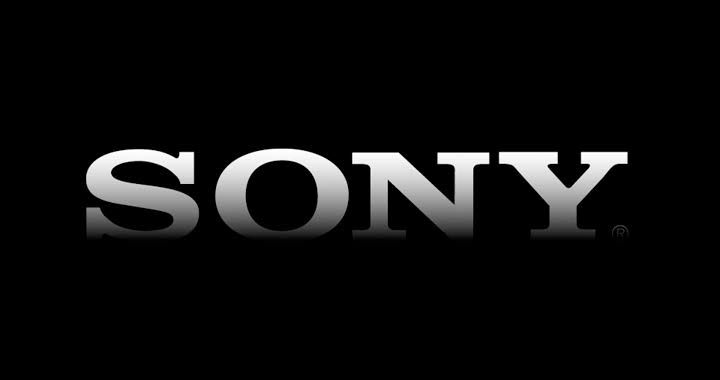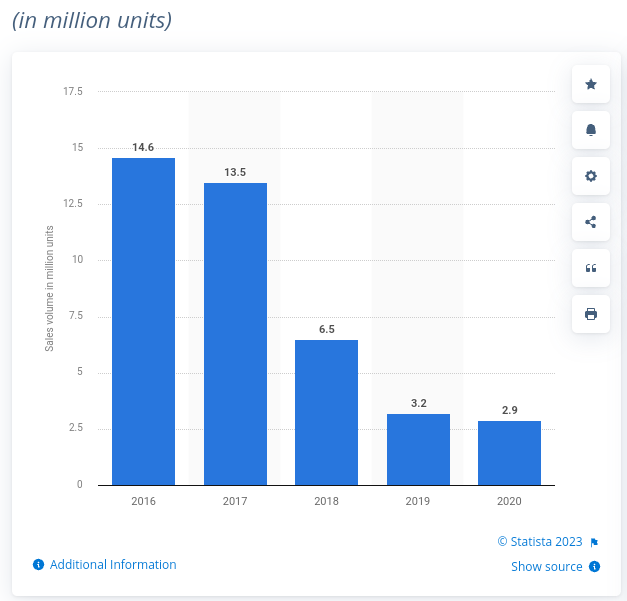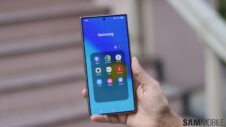Sony's presence in the Android smartphone market continued declining over the years, and now, it is one of the least relevant manufacturers around. It could've been worse had it not been for Sony's reputation in the global consumer electronics market and its expansive retail network. Sony's mobile business could've been another victim of getting bought by a Chinese corporation only for the brand to be misused.
Thankfully for fans of the brand, Sony is still around and operating under its original leadership. But sadly, consumer demand for Sony smartphones seems to keep declining. And that's an interesting case study, given that Sony smartphones offer some of the features that the most vocal so-called Android smartphone experts and loud internet consumers want.
Sony might be an example of what Samsung shouldn't do
In my book, Sony is one of the few smartphone manufacturers that paid close attention to what vocal internet users said they need from a mobile device. And unfortunately, this doesn't seem to have paid off in the long run.
One example is that, a few years ago, Sony was among the few OEMs to release “Compact” smartphones, i.e., devices with small screens but flagship-grade internal hardware. People on the internet seemed to really like these compact phones, yet they haven't saved Sony from declining sales.
In fact, coincidentally or not, Sony's smartphone business started nosediving around the time it released its first Xperia Compact phone in 2014. And phone sales kept declining (via Statista) up until 2021 when the company finally turned a bit of profit.
3.5mm headphone ports and microSD card slots won't save a declining phone business
Judging by poor sales figures, another sad example of Sony seemingly trying to meet the demands of the vocal few is that Sony's phones still have 3.5mm headphone ports and microSD card slots. Yes, even high-end ones like the Sony Xperia 5 IV, released in September 2022, have these features. They aren't entirely gone from the high-end Android smartphone market. It's just that even people who claim to care about expandable storage and 3.5mm headphone ports ignore Sony's smartphones.
The Xperia 5 IV Sony introduced last year has both a 3.5mm headphone port and a microSD card slot, as well as a side-mounted fingerprint sensor, of all things. And it isn't the only Xperia phone to feature these characteristics that have long been gone from Samsung's flagship phones. Sony never truly gave up on the 3.5mm headphone port and expandable storage, but despite this, its phone sales kept declining. While ironically, some disgruntled Samsung customers continue using the lack of expandable storage and 3.5mm ports on high-end Galaxy phones as ammunition against the Korean tech giant.
But that's the harsh reality of the situation. No matter what the vocal internet minority and the self-proclaimed “mobile geeks” say on social media, people in the vast consumer world seem to care more about other features and less about the 3.5mm headphone port, expandable storage, and side-mounted fingerprint scanners. The year-on-year sales figures dont lie.
Sony's phone business nosedived in 2018 and then halved again in 2019 when the company introduced the ultrawide (or ultra-tall) aspect ratio, trying to offer something unique in a world of samey phones. Sony focused on giving people microSD slots and 3.5mm ports, but then the company neglected the camera experience, the software, timely OS updates, and the app ecosystem.
The sad truth for Sony is that compact designs, side-mounted fingerprint scanners, 3.5mm ports, and expandable storage don't sell high-end phones. Otherwise, if these characteristics were as vital to a mobile company's success as some phone users and self-proclaimed experts on social media seem to believe, the roles would've been reversed; Sony would've led the market instead of Samsung, and the Korean tech giant would've struggled to ship 5 million smartphones yearly.








